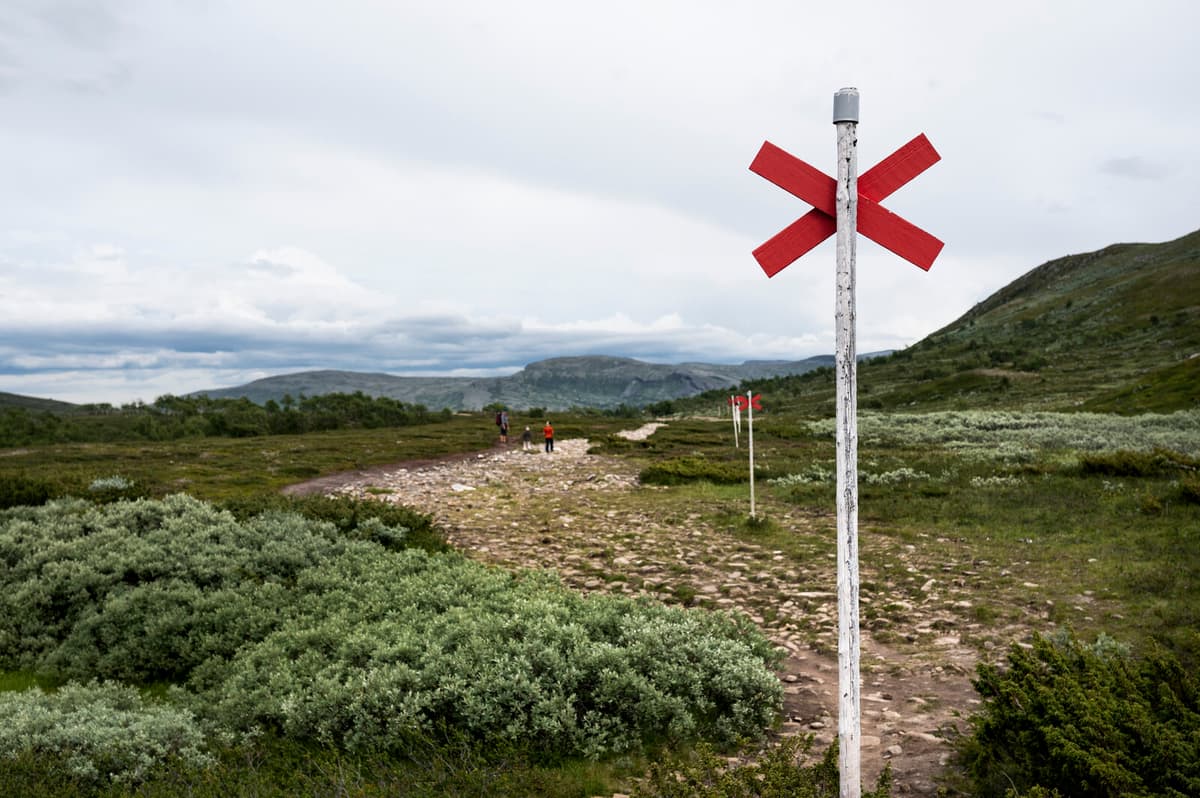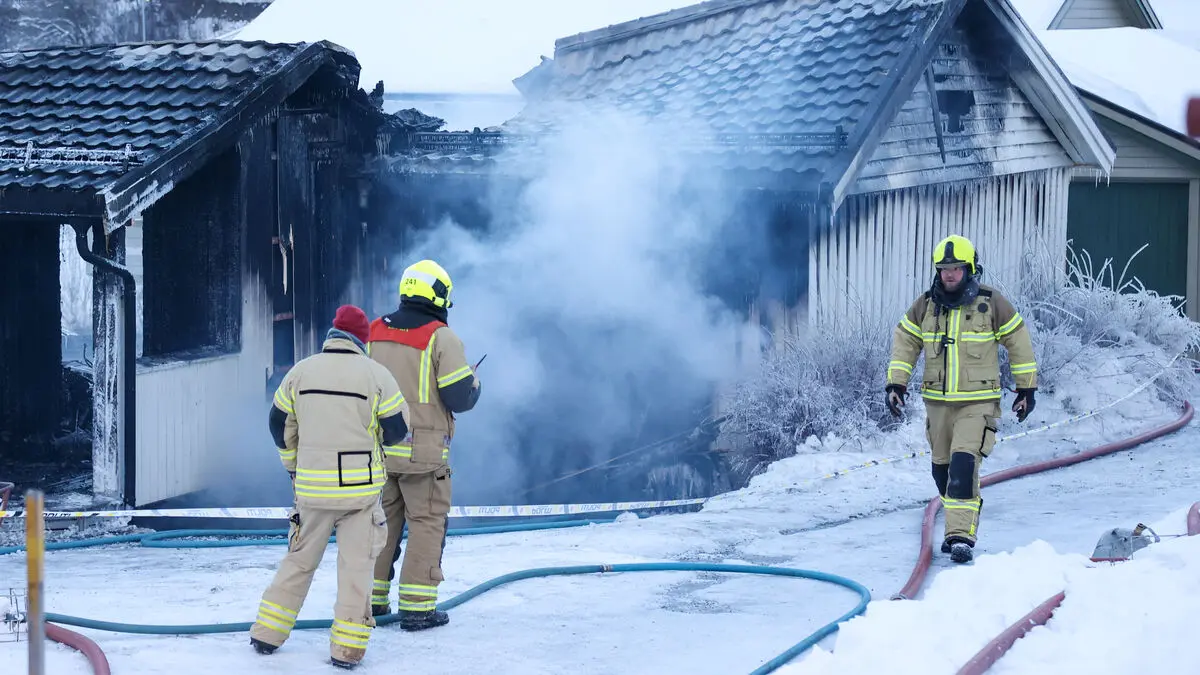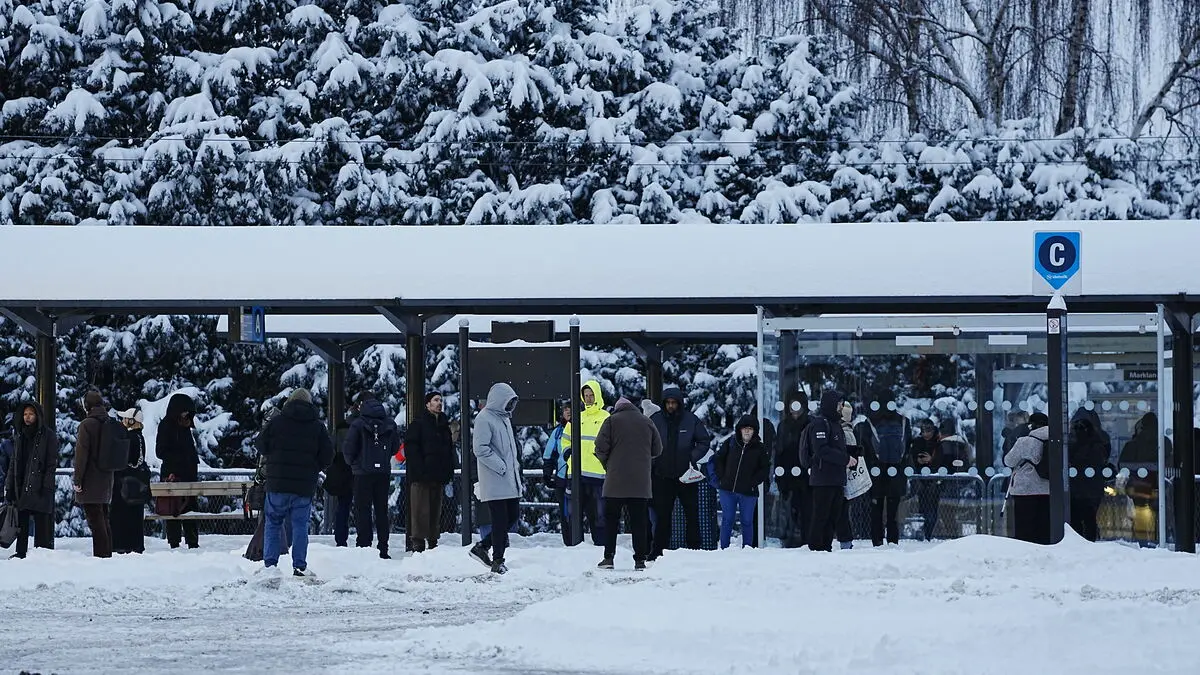Soon, half of July will have passed and the high season for mountain hiking is approaching. A high-pressure system has moved in over the Swedish mountain range and over the next few days, temperatures can reach between 25 and 29 degrees in several places.
Temperatures are much higher than normal for the season, says Emma Härenstam, meteorologist at SMHI.
The weather causes problems
But the weather in the mountains can change quickly. A survey from the Swedish Environmental Protection Agency's Mountain Safety Council, where mountain destination companies and STF have been asked, shows that the most common mistake a mountain visitor makes is to underestimate the weather.
It's very easy when the sun is shining and it's warm, like now, says Per-Olov Wikberg, coordinator for the Swedish Environmental Protection Agency's Mountain Safety Council.
Mountain hikers also tend to overestimate both the availability of good mobile coverage and their own physical condition.
It's a contributing factor to mountain rescues, that you get caught in bad weather and are poorly prepared, says Wikberg.
More inexperienced visitors
More foreign visitors and more inexperienced visitors are expected to visit the Swedish mountains in the coming years, according to the survey. At the same time, the number of day visitors has increased - more people choose day trips and comfortable accommodation instead of overnight stays in connection with longer trips.
That group usually contributes the least to mountain rescues and problems. It's more common if you go longer distances and are out for several days, says Wikberg.
Cold and rain are the worst weather - if you get wet, you get chilled. Most mountain rescues occur during the winter, and last winter, twelve people died in the Swedish mountain range. An unusually high figure, according to Wikberg.
During the summer, it's usually not as serious accidents. It can be falls in connection with climbing, but usually it's about mountain hikers who are seriously ill or have less serious injuries, he says.
The tips are especially aimed at first-time visitors but can also be useful for experienced hikers:
1. Bring clothes that can withstand rapid weather changes. Always bring wind and rainproof shell clothing, as well as warm clothing and a dry change of clothes.
2. Take part in local weather forecasts and warnings. The weather can change quickly in the mountains.
3. Leave a travel notice. Always inform a friend or relative about your planned hiking trip before you leave.
4. Follow marked trails. Use a mountain map printed on water-resistant paper. Mountain maps can be purchased in, for example, sports and outdoor stores. There are also maps that can be downloaded digitally.
5. Use a map and compass. In the mountains, mobile coverage is often lacking. Before you leave - learn to use a map and compass.
Source: Mountain Safety Council






